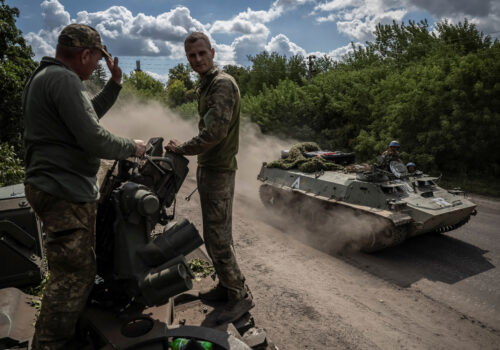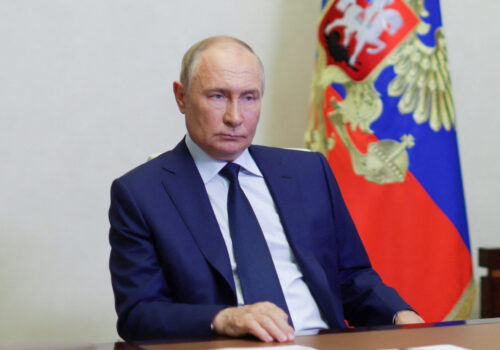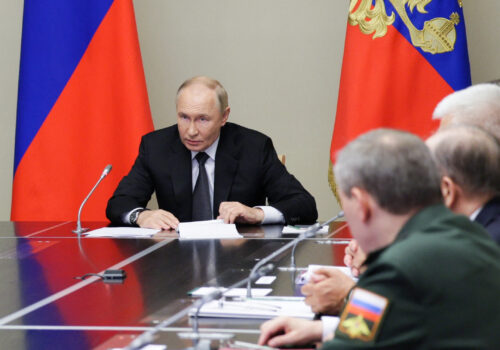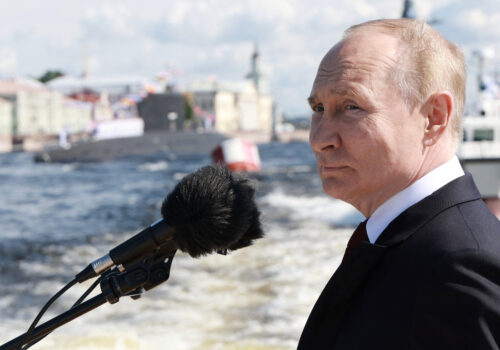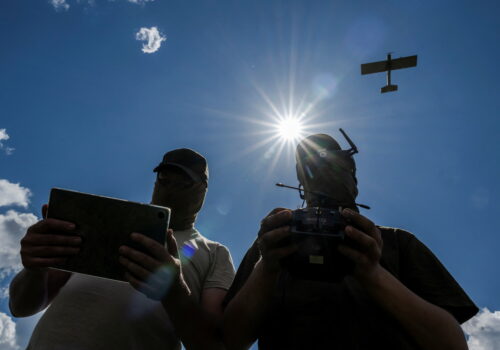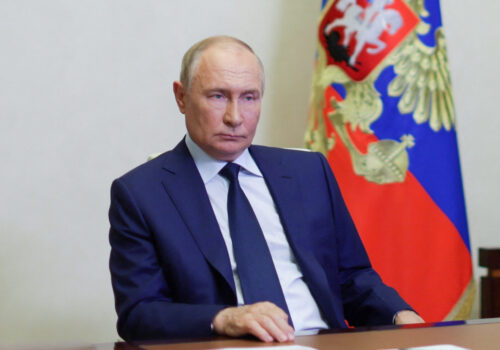
Kursk offensive could help free Ukrainians in Russian captivity
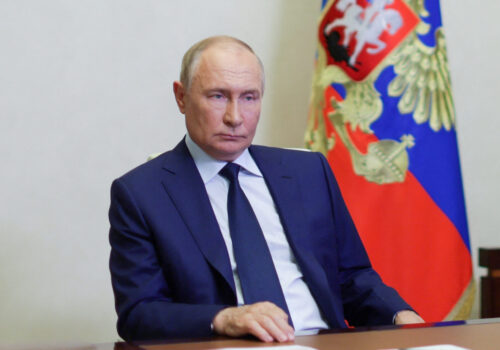
In just two weeks, Ukraine’s surprise summer offensive in Russia’s Kursk Oblast has brought more than one thousand square kilometers of Russian land under Kyiv’s control. The ambitious operation has also netted unprecedented numbers of prisoners, with entire groups of Russian soldiers surrendering to the advancing Ukrainians. This is fueling speculation over a potentially major prisoner exchange and raising hopes for the thousands of Ukrainians currently in Russian captivity.
Although the exact number of Russian soldiers taken prisoner during the first fortnight of Ukraine’s invasion is unconfirmed, photo and video footage indicates numerous instances of large-scale surrenders involving dozens of Russian troops. One incident at a fortified border complex has been hailed by Ukrainian officials as the largest single Russian surrender of the entire war. Meanwhile, the New York Times reported on a facility in northern Ukraine that had processed three hundred and twenty Russian prisoners of war by day ten of the invasion.
The Kremlin certainly appears eager to organize a prisoner swap, and has already initiated talks with the Ukrainian parliament’s human rights commissioner Dmytro Lubinets. It is not difficult to imagine why Moscow may be seeking to move forward with an exchange; most of the prisoners taken in Kursk since the Ukrainian invasion began on August 6 are young Russian conscript troops. The use of conscripts in combat is a politically sensitive issue within Russian society and is likely a key motivating factor for the Kremlin, giving Ukraine additional leverage in negotiations.
Stay updated
As the world watches the Russian invasion of Ukraine unfold, UkraineAlert delivers the best Atlantic Council expert insight and analysis on Ukraine twice a week directly to your inbox.
News of a possible large-scale prisoner exchange has been cautiously welcomed in Ukraine, particularly by the friends and families of the many Ukrainians being held by Russia. While very little information about Ukrainians imprisoned in Russia is available, physical evidence and survivor accounts indicate that the vast majority of Ukrainian captives are routinely subjected to grave human rights abuses including torture and starvation.
The head of the UN Human Rights Monitoring Mission in Ukraine recently stated that Russian torture of Ukrainian POWs is “the worst” she has seen in her twenty-year career. In an interview with Dutch TV, the UN’s Danielle Bell said that based on information received from Ukrainian soldiers released from Russian captivity, the torture of Ukrainian POWs in Russia and occupied Ukraine is systematic with more than ninety five percent of Ukrainian POWs tortured.
READ MORE COVERAGE OF THE KURSK OFFENSIVE
Ukrainian POWs being held in Russia are reportedly subjected to harsh interrogation tactics including beatings and electric shocks. Prolonged stress positions and mock executions have also been documented by released Ukrainian POWs, with over half of those interviewed being subjected to sexual violence. Bell described the treatment as “horrific.”
These war crimes are resulting in severe physical and psychological damage. “I lost any hope and the will to live,” one Ukrainian military service member and former prisoner of war told a UN panel earlier this year. The former POW, who has gone through more than thirty hospitalizations since his release, stated that he had begged his Russian captors to kill him after beatings that broke bones, knocked out teeth, and left him unable to stand due to gangrene. This case is sadly far from exceptional. Photos of emaciated and visibly traumatized Ukrainian POWs following their release frequently spark alarm and anger in Ukraine.
The exact number of Ukrainians currently being held by Russia is unknown, but human rights groups estimated in summer 2023 that the overall figure may exceed ten thousand. In June 2024, Vladimir Putin said around six thousand five hundred Ukrainian troops were incarcerated in Russia. In many cases, relatives remain without any information and have no way of knowing if their loved ones are still alive.
Eurasia Center events
In addition to Ukrainian soldiers, thousands of Ukrainian civilians are also missing and believed to be in Russian detention. Many were abducted from occupied regions of Ukraine and have since disappeared. Kyiv officials have confirmed approximately one thousand seven hundred cases of civilians being held in Russia, but the real number may be many times higher.
Some of these captive Ukrainian civilians have been labeled as prisoners of war despite the fact that they have taken no part in military operations. Many others exist in a legal limbo without any clear status. Human rights groups have documented approximately 100 detention facilities behind Russian lines where Ukrainian civilians are being held.
Since the start of Russia’s full-scale invasion, the two sides have conducted over fifty prisoner exchanges, with Ukraine receiving more than 3000 military personnel and civilians. Ukraine has repeatedly called for an “all for all” swap, but Russia has so far shown no interest in such an exchange. Instead, Ukrainian officials have accused the Russian authorities of trying to label civilians as prisoners of war in order to “build a bank of POWs” for future exchanges.
Ukraine’s Kursk offensive could now dramatically change the dynamic of negotiations between Kyiv and Moscow over the exchange of POWs. With hundreds of Russian conscript troops in Ukrainian captivity, Kyiv appears to be in a far stronger bargaining position. The Ukrainian authorities are expected to seek the release of priority prisoner categories including women and the seriously wounded. If a large-scale prisoner swap does go ahead, it will likely save many lives and will help justify Ukraine’s decision to invade Russia.
Olivia Yanchik is a program assistant at the Atlantic Council’s Eurasia Center.
Further reading
The views expressed in UkraineAlert are solely those of the authors and do not necessarily reflect the views of the Atlantic Council, its staff, or its supporters.

The Eurasia Center’s mission is to enhance transatlantic cooperation in promoting stability, democratic values and prosperity in Eurasia, from Eastern Europe and Turkey in the West to the Caucasus, Russia and Central Asia in the East.
Follow us on social media
and support our work
Image: Ukrainian servicemen ride tanks, amid Russia’s attack on Ukraine, near the Russian border in Sumy region, Ukraine August 10, 2024. (REUTERS/Viacheslav Ratynskyi)

